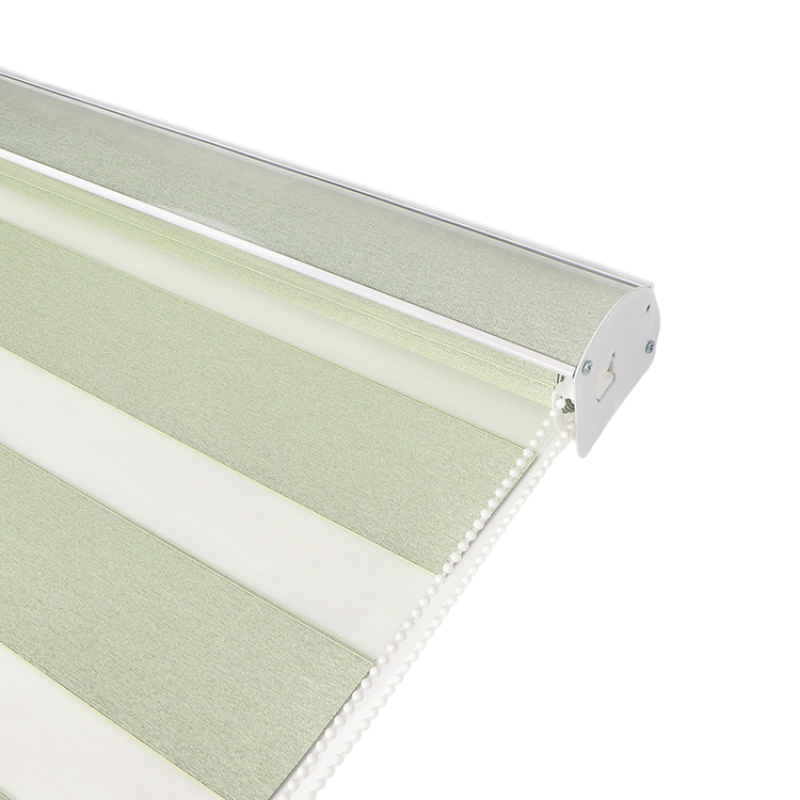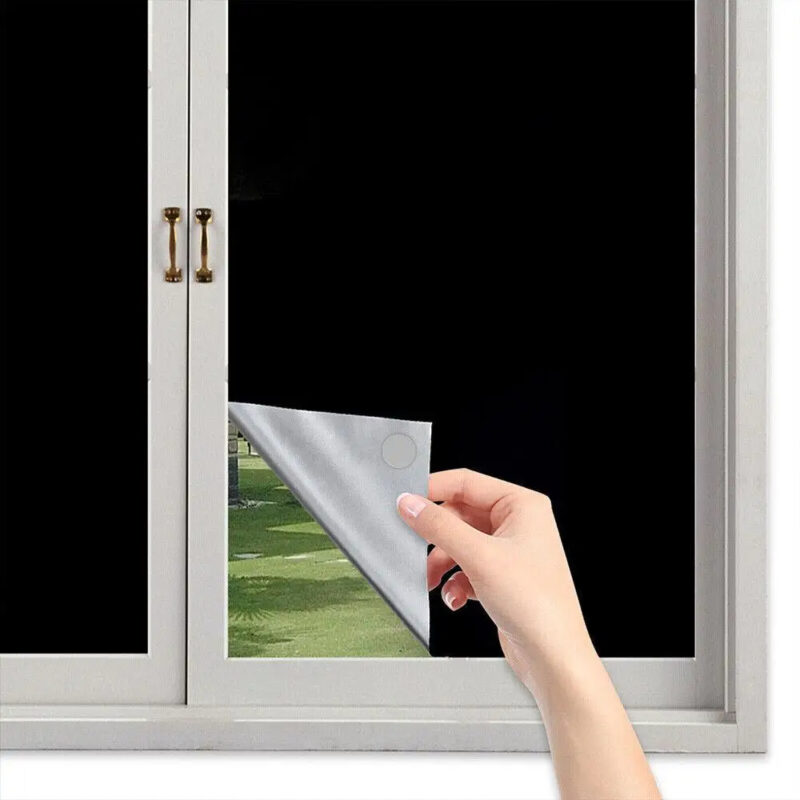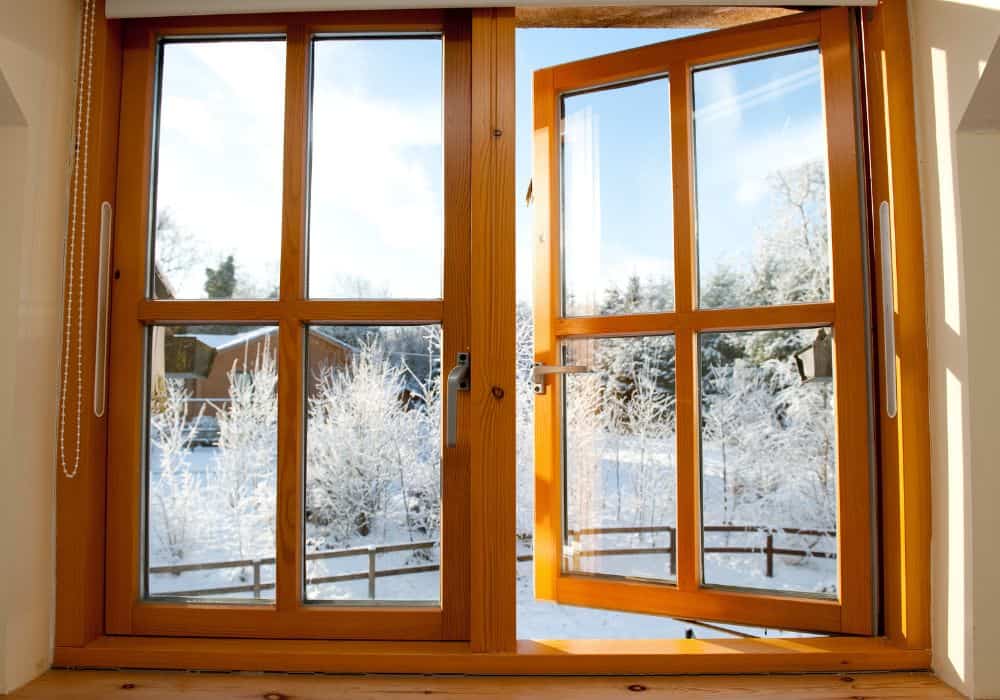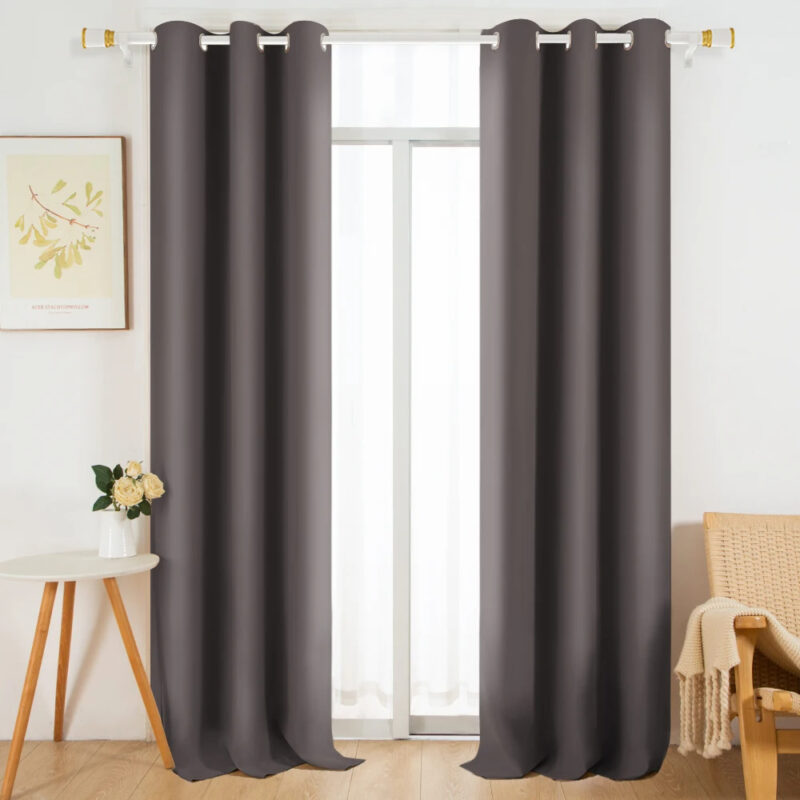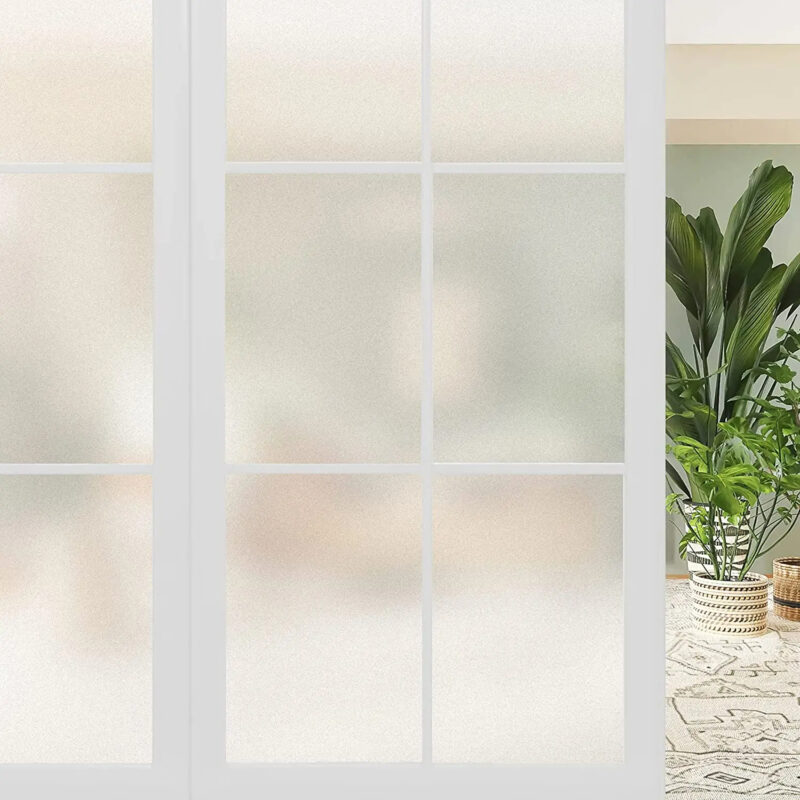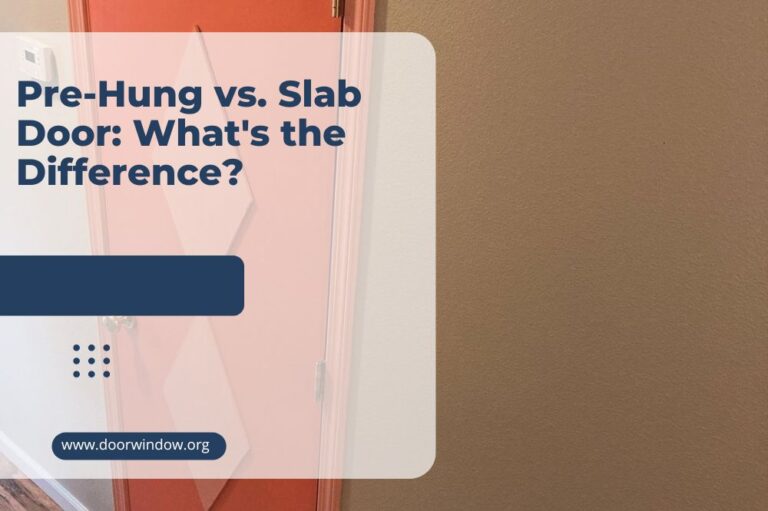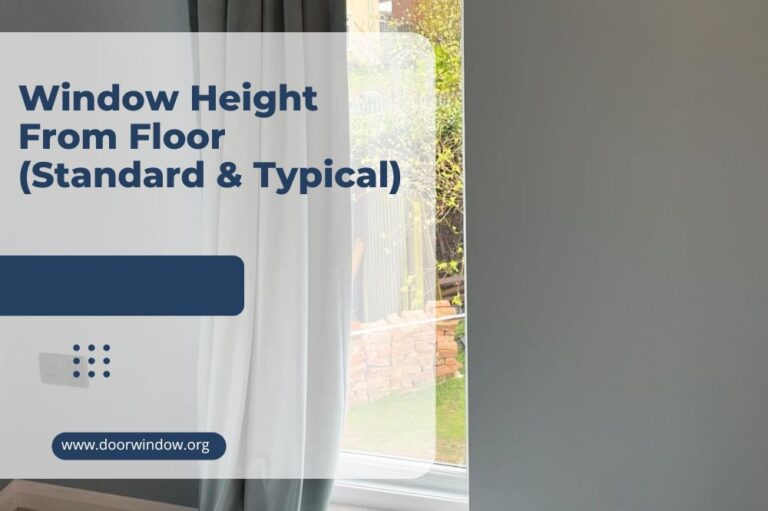Standard Window Sizes (An Ultimate Guide For You)
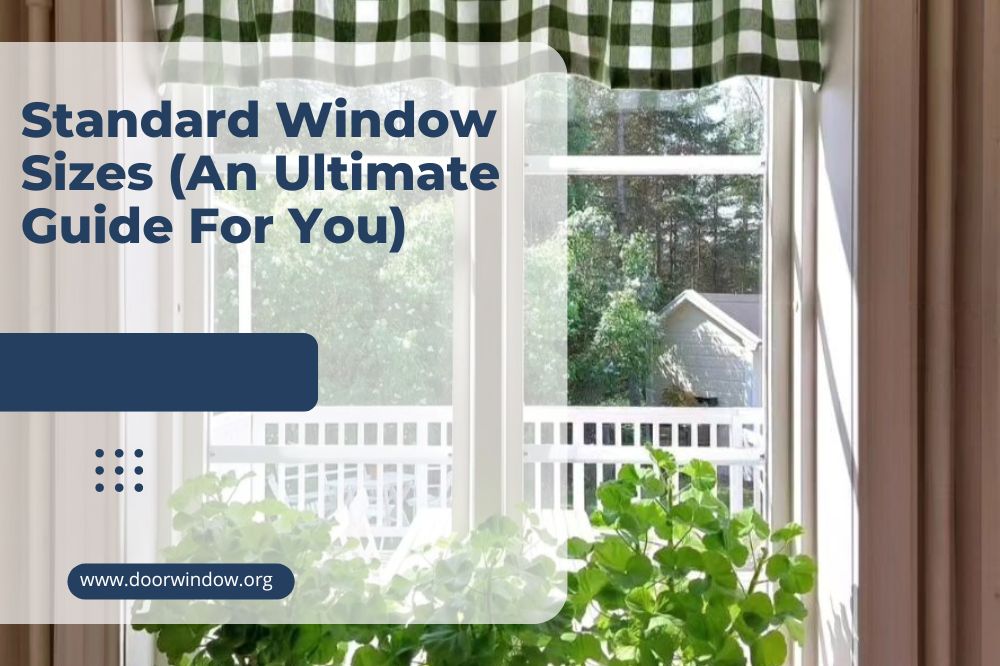
Getting the perfect window size for your new home can be a bit challenging, especially when you have zero ideas about window sizes.
For homeowners who are looking to replace their windows when doing a home renovation, it’s a lot easier, because they get to stick to the size of the already existing window.
However, what happens if you are adjusting the window sizes, how do you know what size to use?
Read on to find out!
What Are the Standard Window Sizes?
Every window type comes with its peculiar dimension, and can’t just work into any window store and pick a window that you feel is the perfect size without measuring it first.
To save yourself all of the hassles that come with window selection, you can easily go for standard window size.
Standard window sizes are your safest bet when you are confused about the window size to get for your home. They come in specific dimensions, so depending on the window type, you might just get lucky.
However, they don’t always fit into every window opening, but you’ll definitely save more than a few bucks purchasing it than custom windows.
Types of Windows and Their Standard Sizes
Standard window sizes are already designed to fit on almost any window frame. Yes, you can easily just get a custom window with the exact dimension, but standard window sizes are cost-effective and even easy to install.
Let’s go over the different types of windows that come in standard sizes; so, you can easily make your selection for your next home/office project.
1. Picture Windows Sizes
Picture windows are usually “fixed in place” and cannot slide or open. In most homes, picture windows are used in spaces that require full natural light; for instance, the living room area.
If you are curious about where to install picture windows, put them in rooms that have scenic views, so you can enjoy the view.

Homeowners go for picture windows because it gives an expansive contemporary look that might be hard to achieve with other window types.
With picture windows, you are presented with lots of options, and most times, you’ll likely find the perfect standard size for your window opening.
For the fact that picture windows don’t open, they can’t be so tall or wide, and this is what you need to put into consideration when making your choice.
The standard size of picture window heights is from 2 ft-8 ft, while the width is usually 2ft, 3ft, 4ft, 6ft, and 8ft.
Most of the common size dimensions of picture window sizes you’ll find are;
- 3 ft width by 2 ft high
- 6 ft width by 4 ft high
- 4 ft width by 5 ft high
2. Sliding Windows Sizes
Sliding windows are perfect for small spaces that need ventilation. For kitchens with small window spaces, sliding windows that open back and forth will provide much-needed ventilation, while still minimizing space.
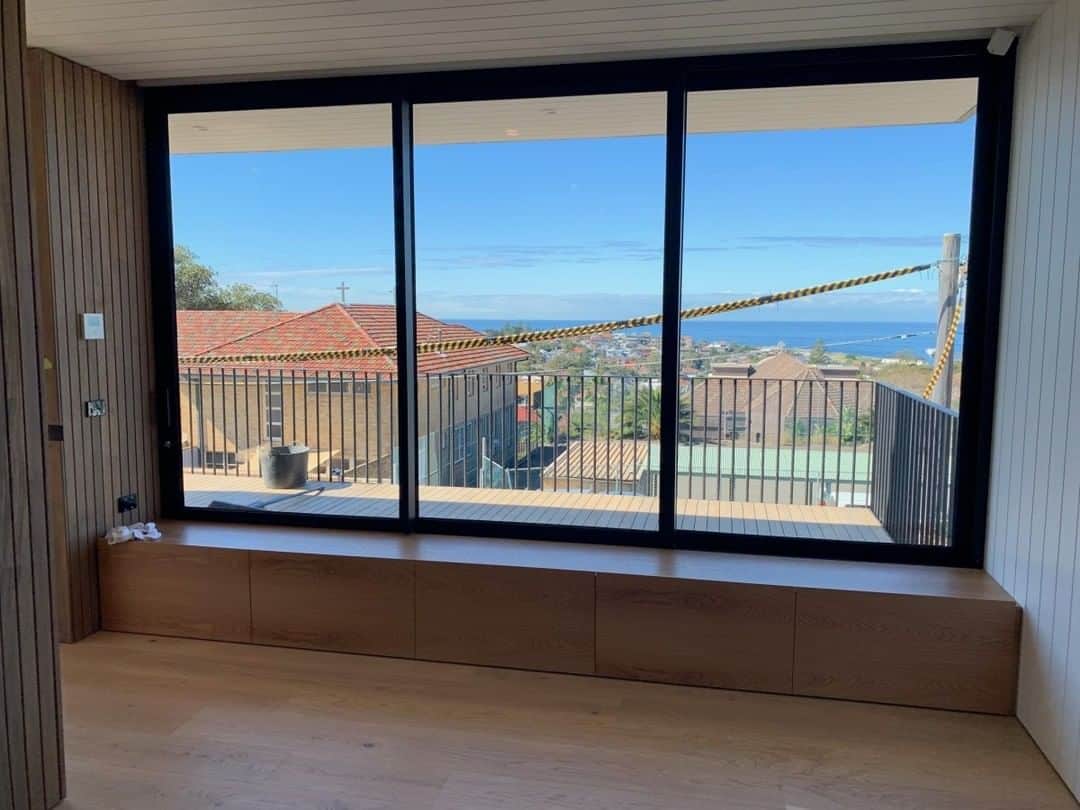
The best part of sliding windows is that you don’t even have to look so hard because, for most modern houses, they share the same dimension.
When it comes to sliding windows, their widths are usually wider than other types of windows, because it opens from side to side.
That’s to say, you can be certain that standard sliding windows will fit into your kitchen, basement, dining room, or bathroom easily.
The standard sizes of sliding windows start in width ranges from 36 inches to 84 inches, while the height ranges from 24 inches to 60 inches.
Some of the common size dimensions of sliding windows are;
- 3 ft width by 2 ft high
- 5 ft width by 3 ft high
- 7 ft width by 4 ft high
3. Double-Hung Windows Sizes
A double-hung window is the most common type of window used in modern homes because they have a variety of sizes that can fit into almost any window opening.
Homeowners use it all over the house, as they add an aesthetic appeal to your home. You can install double-hung windows in the bedroom, hallways, living room, bathrooms, and dining area.
If you need a window that opens and is quite easy to clean, then go for double-hung windows. They usually have a lower and upper window sash that moves up and down; however, the top sash is fixed. So, if you need air to penetrate, you’ll have to open the lower sash.
For your benefit, install double-hung windows on the first floor, so it’ll be a lot easier to clean.
The standard double-hung window sizes in the height range from 36 inches to 72 inches, while the standard width ranges from 24 inches to 48 inches.
Some of the common window sizes for double-hung windows are;
- 2 ft width by 3 ft high
- 4 ft width by 6 ft high
4. Single Hung Window Sizes
Double-hung and single-hung windows are almost the same, and sometimes you can even mistake one for the other. They both come in the same standard sizes; however, their difference is in their functionality.
Single-hung windows come have fixed top sashes that cannot move, and this alone makes them less appealing to homeowners.
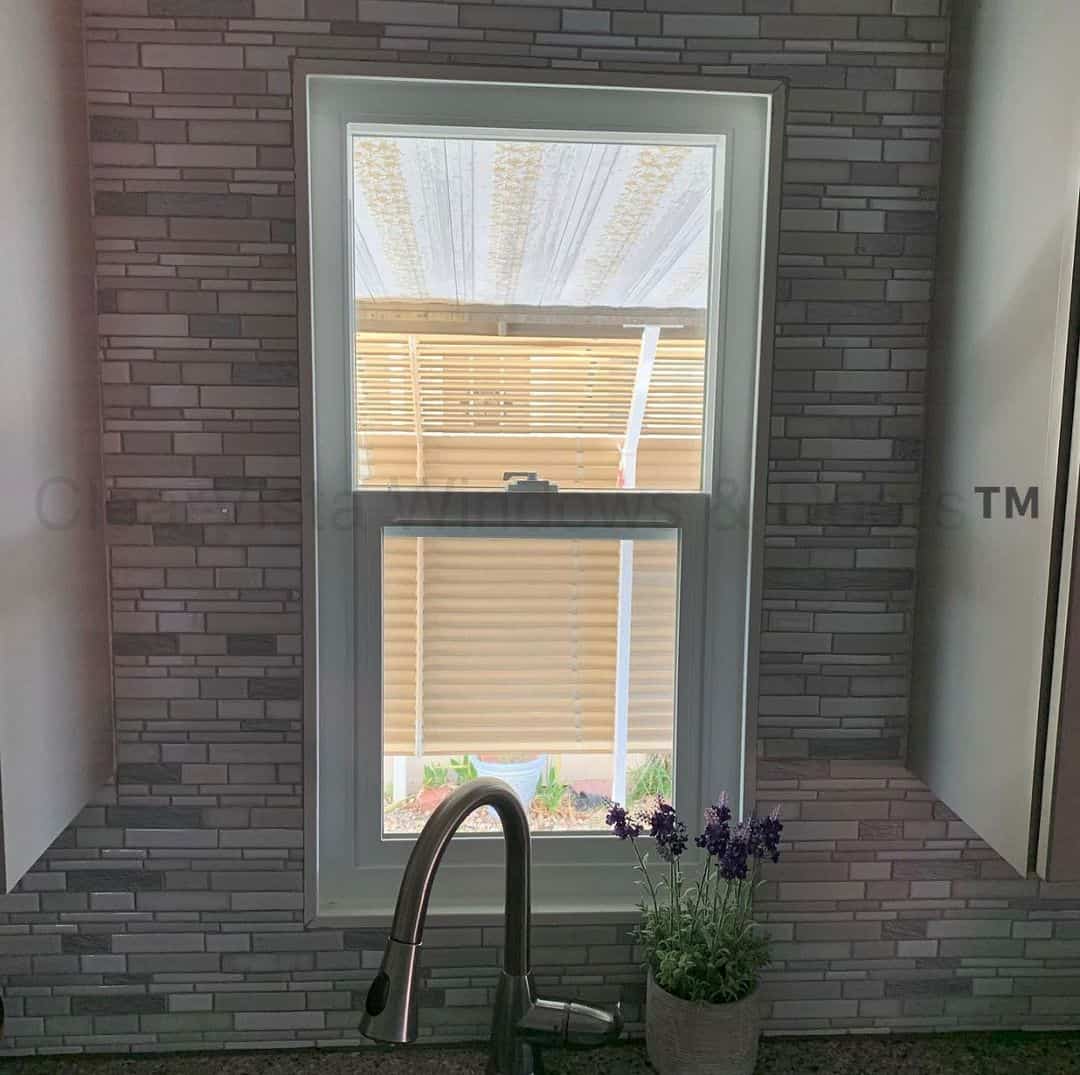
Their widths vary from 24 inches to 48 inches, and heights from 36 inches to 72 inches.
With these types of windows, it’s advisable to take ½ inch off each measurement so you can have the accurate and perfect window size.
Some of the common size dimensions for single-hung windows include;
- 2 ft width by 4 ft, 4 inches high
- 2 ft, 8 inches width by 4 ft high
5. Casement Window Sizes
Casement windows usually come with a crank and hinged side. They are not fixed in place and open just as a door would. Depending on the type of casement window you purchase, it can either have one or two sashes, sometimes even more.
Because they are perfect for ventilation, most people love to install them in small kitchens and bathrooms. If your home relies on only the breeze from the outdoors, you might want to consider casement windows, as it’s an even better option than double-hung windows.
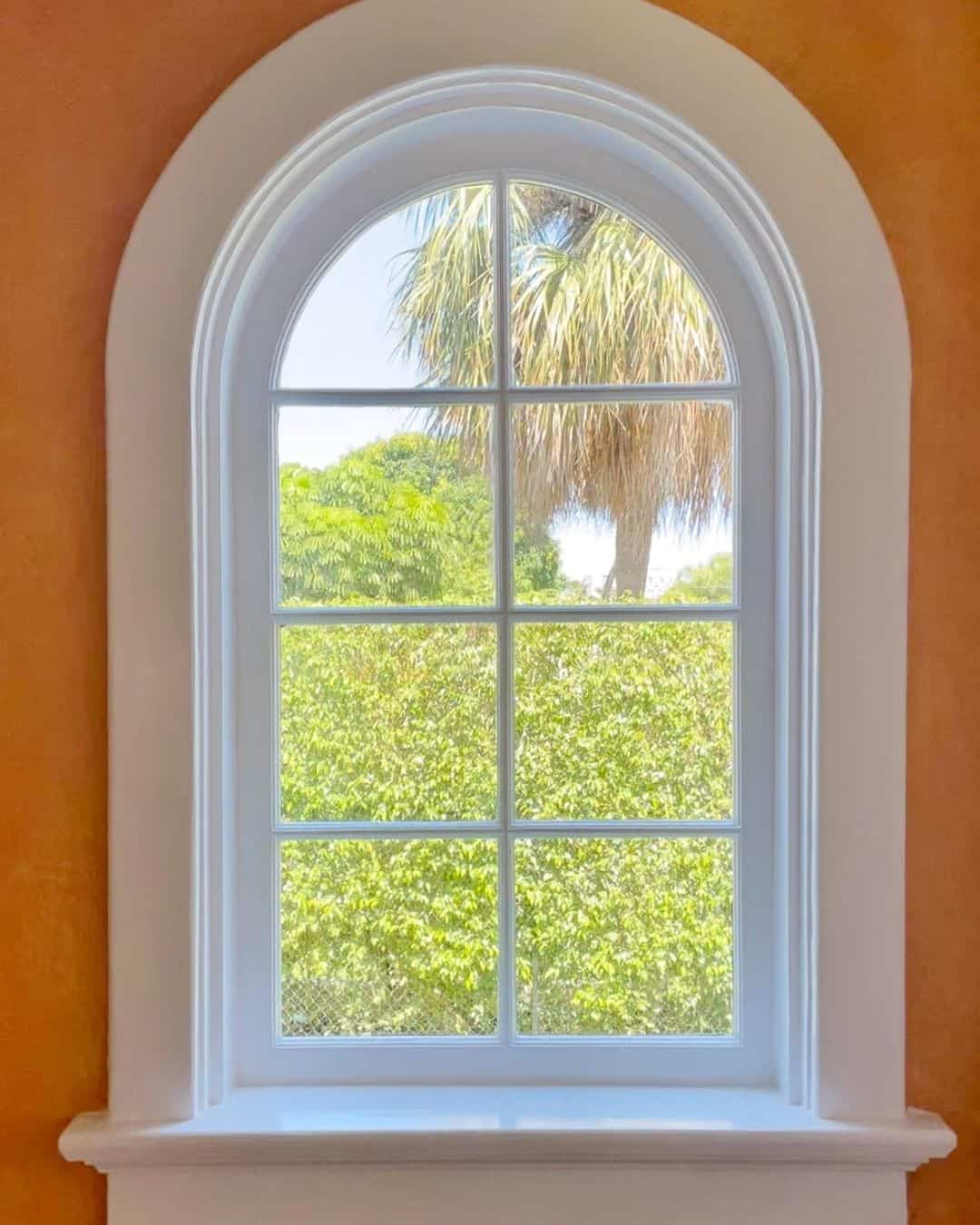
Also, if you have mobility issues, this type of window is perfect, because you won’t have to strain to open it up; simply unlatch it and twist the crank, and you are good to go.
The standard height for casement windows ranges from 24 inches to 84 inches, while the standard window width ranges from 12 inches to 36 inches.
With casement windows, you’ll get to see different unique standard-size notations and options, unlike other window types.
Popular standard sizes for casement windows include;
- 1 ft, 7 inches width by 1 ft, 4 inches high
- 2 ft, 9 inches width by 2 ft, 9 inches high
- 3 ft, 5 inches wide by 2 ft, 5 inches high
6. Bay Windows Sizes
If you are indifferent about cost and want to give your home an appealing and expensive taste, bay windows are perfect.
It does more than allow sufficient light to penetrate your home; it gives your home an alluring aesthetic, making it effortlessly stand out.
Homeowners see bay windows as a worthy investment, and they aren’t wrong. When installed in the right space, bay windows can enhance the beauty of any space.
Depending on the look you are looking to achieve, bay windows come in different designs; rectangular, arc-shaped, and polygonal.
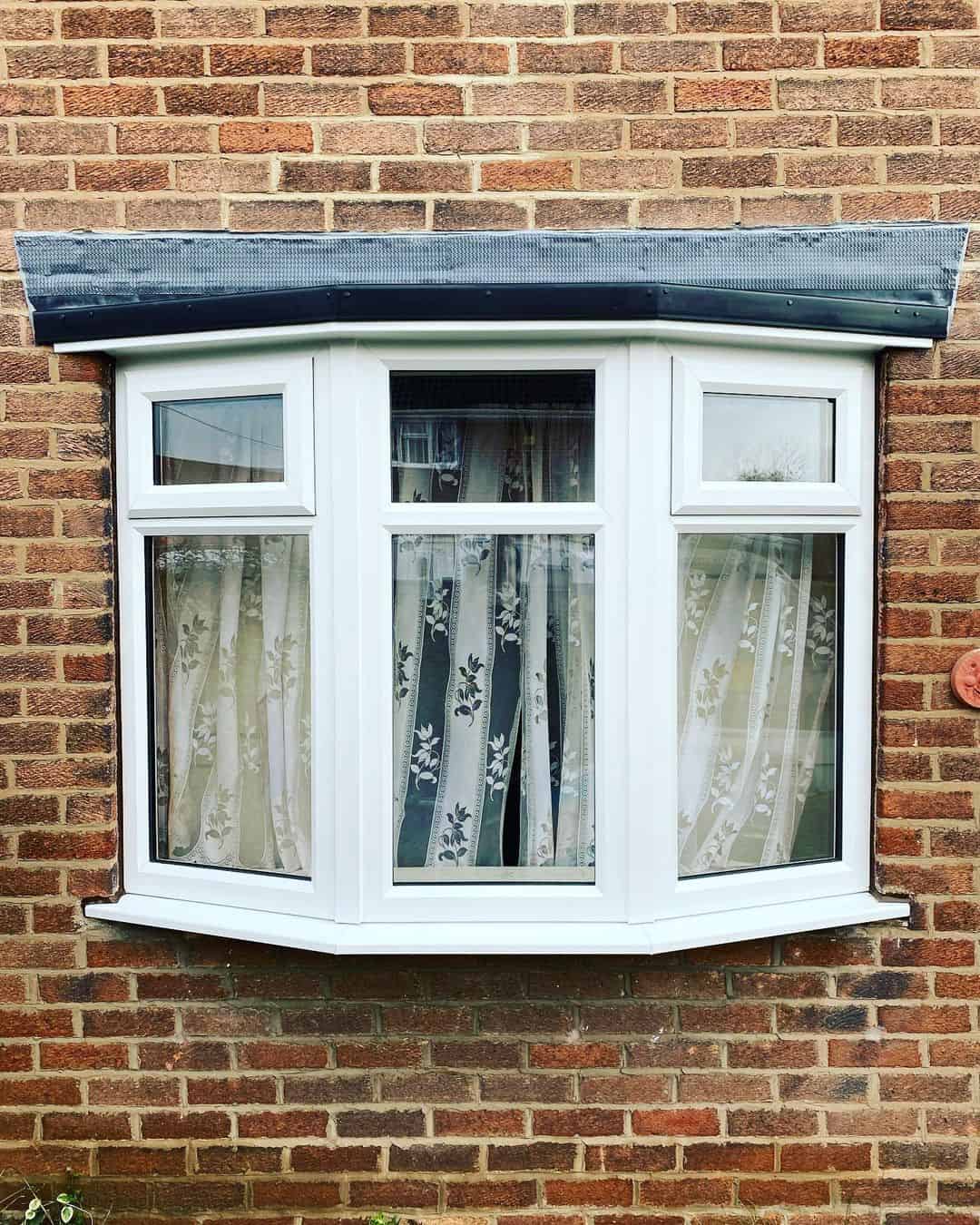
key.installations
Also, bay windows are pretty large, and because of their design, most homeowners love to go for custom sizes, however, you can save cost by going for the standard sizes.
The standard window height of bay windows ranges from 36 inches to 78 inches, while the width ranges from 42 inches to 126 inches, and that’s because they are usually relatively long.
How to Know the Right Window Size for Your Space
Nothing sucks like buying a window, only to get home and discover you purchased one with an off measurement.
The first step before getting a window is knowing the exact measurement of your window opening or checking the measurement of the old window you plan on replacing.
To get the right size of your window height; get a measuring tape and check the height of the far left, far right, and middle. Whatever height has the smallest number, that’s your window height.
Then for the width, measure the top, middle and bottom, the side with the smallest measurement is your width.
Yes, the process is simple, but if you get the measurement wrong, then you’ll most likely get the installation wrong as well. So, if, you are in doubt about your skills, leave the measurement to professionals.
Conclusion
There are different window styles out there that’ll fit into any design you have in mind. The beauty about standard window sizes is that it helps you save cost, and makes the whole purchase and installation process a lot easier, even if you are doing window replacement.
However, if you are building a new home or renovating your space, you might require the help of a contractor to know the exact size of windows you’ll need.


